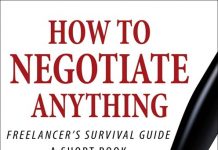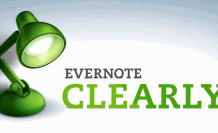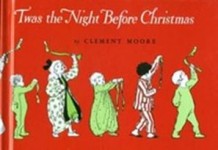 In today’s Morning Links, there was an interesting piece from Mark Crump at GigaOM on his work process for iPad/iPhone note-taking. This is an interesting subject for me as I have at various times tried to run my workflow in this way, and have been unable to. I have never seen an article—Crump’s included—that discussed only one product, so that tells me that the field of digital note-taking still has a ways to go. So, what are some of the deficiencies in what is currently available?
In today’s Morning Links, there was an interesting piece from Mark Crump at GigaOM on his work process for iPad/iPhone note-taking. This is an interesting subject for me as I have at various times tried to run my workflow in this way, and have been unable to. I have never seen an article—Crump’s included—that discussed only one product, so that tells me that the field of digital note-taking still has a ways to go. So, what are some of the deficiencies in what is currently available?
1) Most of them require ancillary tools to work at their best. Crump discusses the Evernote web clipper tools under this rubric. He finds them superior to the equivalent features in OneNote, so he continues to use both apps because OneNote has an action checkbox he likes for his work stuff, but Evernote’s web clipper is superior for his personal projects.
2) Input methods are still an issue. Crump talks about an external keyboard, which I use myself. But he also talks about using the on-screen keyboard, and how he continues to favour his iPad when at work because there is a perception that if he is on his phone, he is texting, even if he is not. I think my own boss would raise an eye if I showed up to a staff meeting tapping on my phone, even if thanks to the iOS cloud features, I really was using a proper app.
3) There are too many ways to organize and group things. Being able to find, or act on, notes later has to be the reason you’re taking them. But many people get bogged down in the how of that—in addition to Crump’s fondness for the OneNote checkbox, he also talks about keeping his work stuff separate from his personal projects so that he is abe to share notes with others. Many of the metaphors he uses in the article are still analog holdovers for that reason—he uses pages and notebooks to organize, mores than tabs.
For myself, I have found that my biggest issue with Evernote has been the rabbit home aspect of it. I guess I was a told very early that it works best if you use it as an uber-capture for everything, and I took it to heart. So I have so much stuff in there. And I find it too easy to go in there to do one quick thing, and lose half an hour to looking at everything else—quotes, poems, articles, all of which I wanted to keep and don’t quite know what to do with other than have.
I have also found that the Google Drive system, as it has matured, has become painfully slow and cumbersome to use. So I have migrated away from that. I use the built-in Notes app for quick reminders, put action items into my iCloud-based task manager, and stash everything else into the black hole of Evernote, where it’s all safe and fine, but just kind of there. Hardly the ‘technology will save us all’ scenario everybody dreams of, is it?

































Here’s an analog strategy that I still find useful in the digital era. While a college student, I developed the habit of revising all of my notes as soon after they were initially taken as possible. I literally re-wrote all of my notes and discovered that they were much more elaborate the second time around. Everything (text, diagrams, etc.) got bigger and more detailed. This tactic drove me to the texts and other sources as well as compiling a list of questions to pursue. So I had two notebooks, one that I took to classes and the other, more elaborate version, that I used to prep for exams.
Adapting this approach to digital hasn’t been rapid but it finally happened and it does work as well or better for me than the paper-based system that inspired it.
So, like having children, it’s not so much about getting notes initially than it is about what you do with them after that.
You need not restrict your iOS use to note-taking. Those who write books might want to check out a marvelous writer’s tool called Scrivener:
http://www.literatureandlatte.com/scrivener.php
It already has Mac and Windows version and an iPhone/iPad version should be out by early next year. From what I’ve read, the iOS version will have most of the rich set of writing tools, but leave the publication features (i.e. creating a Kindle ebooks) to the Mac/Windows versions.
Scrivener is infinitely better for writing long documents than Word. If you’d like to try it out, there’s a trial version that gives you 30 days of actual use (not just 30 days on your computer) to try it out.
Even though it’s not yet out, this upcoming iOS version has allowed me to keep writing my book drafts on a seven-year-old MacBook until I’ll be able to shift to my much lighter, newer and cheaper iPad.